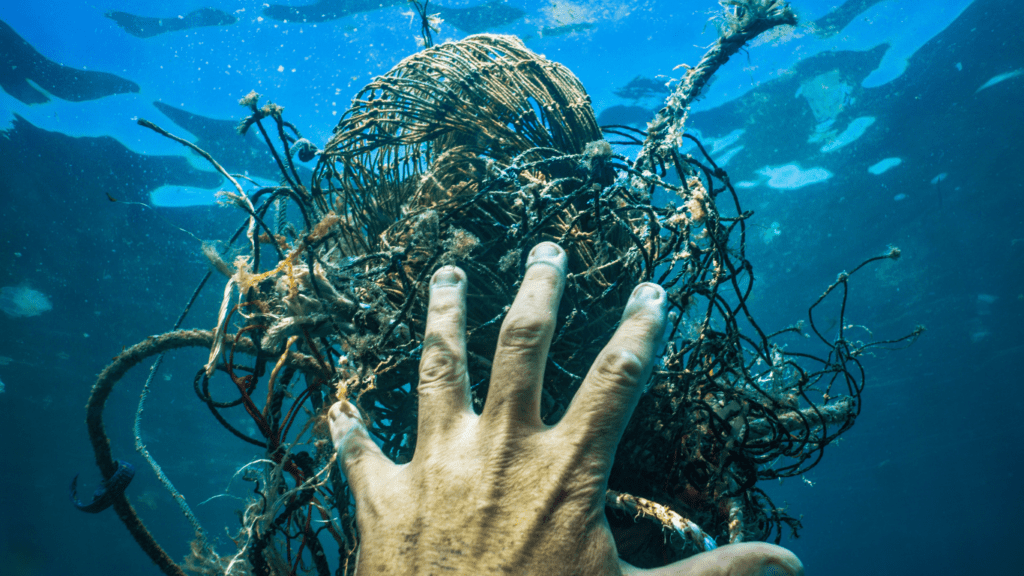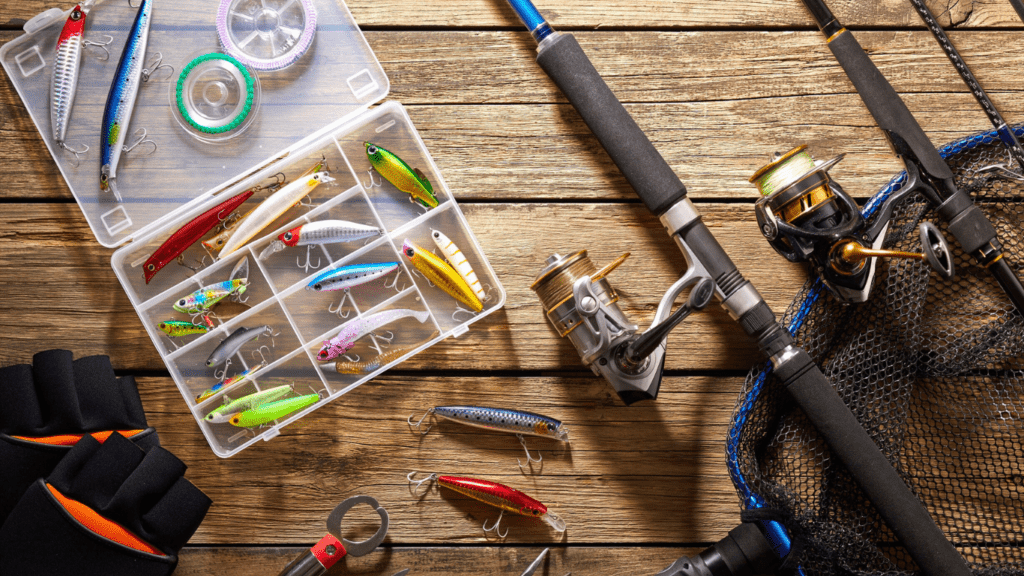The ocean, often called the planet’s lifeline, is under siege from threats we can’t always see. Among these, ghost nets and plastic pollution silently wreak havoc beneath the waves. Ghost nets—abandoned or lost fishing gear—drift aimlessly, trapping marine life in their deadly grip. Combined with the billions of plastic pieces littering our seas, they’ve created a crisis that’s devastating ecosystems worldwide.
Understanding Ghost Nets And Plastic Pollution
Ghost nets and plastic pollution are two major threats to marine ecosystems. Both contribute to the destruction of marine habitats and endanger countless marine species.
What Are Ghost Nets?
Ghost nets are fishing gear abandoned in oceans. These nets, often composed of synthetic materials, can drift for years. They trap marine species like:
- fish
- turtles
- dolphins
leading to injuries or death. Accumulating ghost nets also damage coral reefs when they snag and destroy fragile reef structures. UNEP estimates over 640,000 tons of fishing gear enter oceans annually, making ghost nets a significant component of marine debris.
The Impact Of Plastic Pollution On Marine Ecosystems

Plastic pollution disrupts marine ecosystems on multiple levels. Over 11 million metric tons of plastic waste enter oceans yearly according to the Pew Charitable Trusts. Marine animals like seabirds and whales ingest plastic, mistaking it for food, which causes internal injuries, blockages, or starvation. Microplastics, formed when larger plastics degrade, enter food chains and threaten marine biodiversity. Plastic waste also leaches toxic chemicals into water, harming aquatic plants, animals, and entire ecosystems.
The Devastating Effects On Marine Life
Ghost nets and plastic pollution impact marine ecosystems in numerous, often deadly, ways. These silent killers harm marine life through entanglement, ingestion of plastics, and habitat destruction.
Entanglement And Injury
Ghost nets trap marine species, leading to injury, suffocation, or slow death. Animals like sea turtles, dolphins, and seals get tangled in these nets, impairing movement and preventing them from reaching the surface to breathe. Coral reefs suffer physical damage when heavy nets drag across their structures, breaking or smothering vital habitats for marine organisms.
Ingestion Of Plastics
Marine animals often mistake floating plastic debris for food. Species like seabirds, fish, and sea turtles ingest plastics, leading to blockages, malnutrition, or exposure to toxins released by degraded plastics. A study from the University of Georgia found that 90% of seabirds have plastic in their stomachs. Microplastics exacerbate the problem by entering the food chain, affecting predators and prey alike with toxic contamination.
Destruction Of Habitats
Ghost nets and plastic waste devastate marine habitats by altering ecosystems and reducing biodiversity. Corals and seagrass beds suffer from smothering, preventing essential sunlight penetration and disrupting photosynthesis. Coastal mangroves face long-term damage when debris accumulates, disrupting spawning grounds for fish and other marine species critical to ecosystem balance.
Contributing Factors To The Problem
Human activities and poor waste management systems significantly escalate ghost nets and plastic pollution, threatening marine ecosystems.
Fishing Practices And Abandoned Nets
Intensive commercial fishing and derelict gear management contribute to the prevalence of ghost nets. Many fishing operations discard or lose equipment like:
- nets
- traps
- fishing lines
due to poor maintenance, storm damage, or illegal practices. For example, FAO data shows that about 10% of marine debris worldwide comprises lost fishing gear. Abandoned nets can travel vast distances, continuing to trap and kill wildlife like sea turtles and sharks indiscriminately. Limited governmental regulations on sustainable fishing practices and lack of enforcement further exacerbate the problem.
Global Plastic Pollution Crisis
Massive global plastic production and mismanaged disposal systems fuel ocean plastic pollution. Over 400 million metric tons of plastic are produced annually, with only 9% effectively recycled, according to UNEP. Single-use plastics, such as bottles, straws, and packaging, dominate this waste, often entering ocean currents through poorly maintained waste systems and littering. Coastal populations and shipping routes amplify pollution levels, contributing to the estimated 11 million metric tons of plastic entering oceans each year. This crisis worsens with microplastics breaking down from larger debris, infiltrating marine ecosystems and food webs.
Solutions And Mitigation Strategies
Reducing ghost nets and plastic pollution requires coordinated efforts across environmental, policy, and community sectors. Targeted strategies and sustained innovations play a critical role in addressing these marine threats.
Cleanup Initiatives And Innovations
Active cleanup efforts remove ghost nets and plastic debris from oceans. Programs like the Ocean Cleanup and Global Ghost Gear Initiative focus on recovering lost fishing gear and plastic waste. Advanced technologies, such as drones and autonomous underwater vehicles, enhance detection and retrieval of debris. For instance, 1,000 tons of debris have been removed by the Ocean Cleanup system from the Great Pacific Garbage Patch. Biodegradable fishing gear reduces risks of entanglement and ecosystem destruction if abandoned. Investment in these innovations mitigates long-term damage to marine habitats.
Policy Changes And Regulations
- Strong regulations limit waste generation and prevent ghost net accumulation.
- International frameworks, like the United Nations treaty on plastic pollution signed by 175 countries in March 2022, address transboundary marine pollution.
- Local enforcement of bans on single-use plastics and mandates for responsible fishing gear disposal result in significant reductions in debris.
- The European Union Directive reduced plastic waste by 43% in targeted areas with strict regulations.
- Economic incentives like subsidies for safe gear recovery and penalties for illegal dumping further support compliance.
Raising Awareness And Community Involvement
Public awareness builds collective action against marine pollution. Campaigns by organizations like Greenpeace and WWF educate communities on the impacts of ghost nets and plastic waste. Community-led beach cleanups collect significant quantities of debris; in 2022, 189 countries participated in International Coastal Cleanup Day, removing over 100,000 kg of waste globally. Engaging commercial fishers and coastal groups ensures local solutions, like marking fishing gear to reduce loss, are sustainable. Empowered communities foster long-term stewardship of ocean ecosystems.





